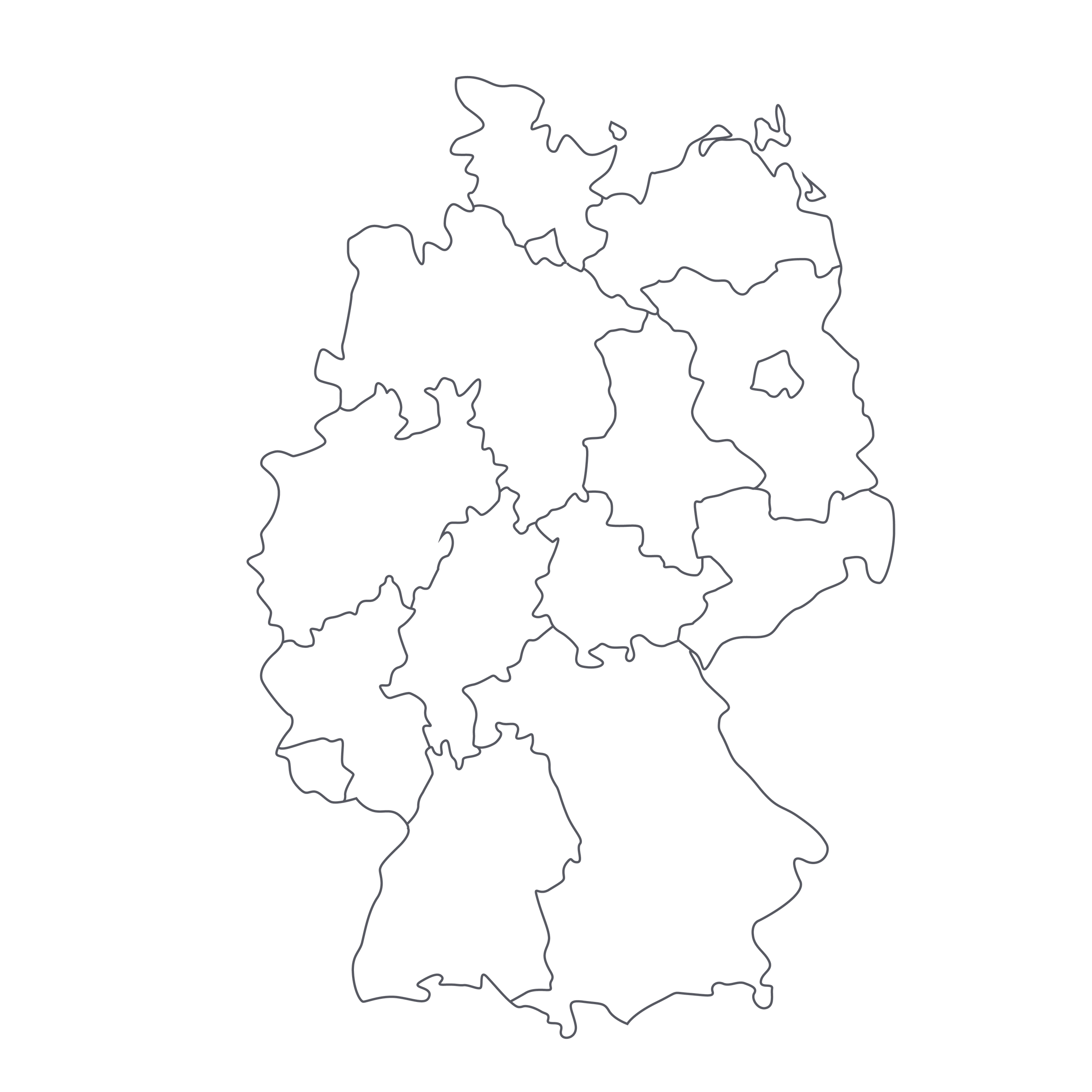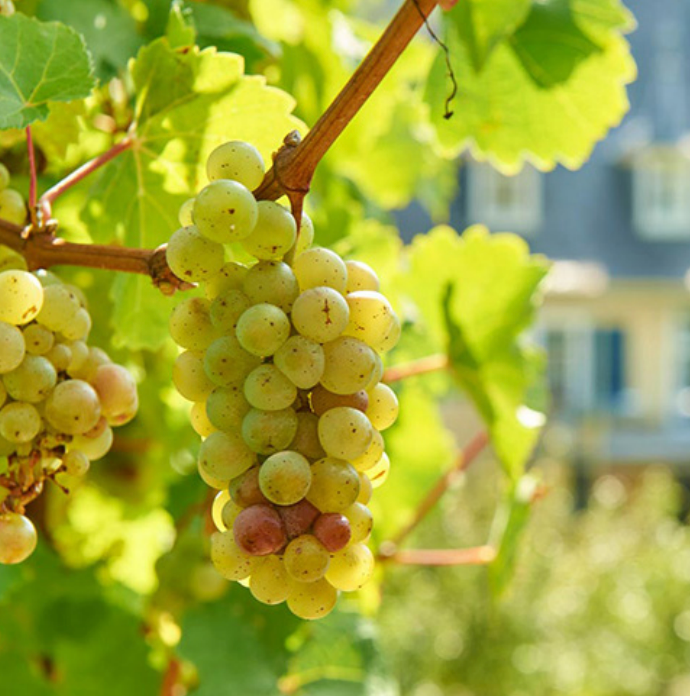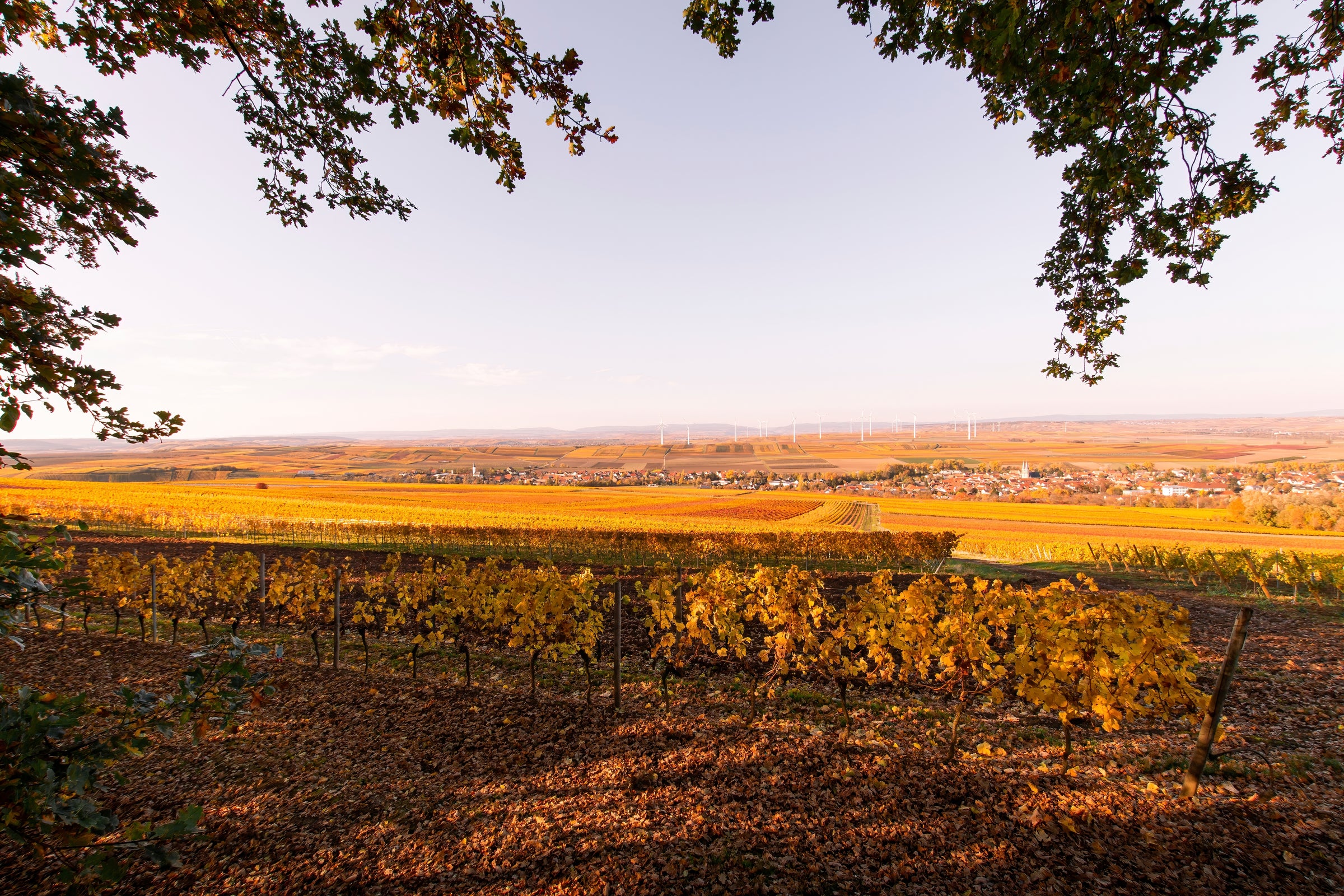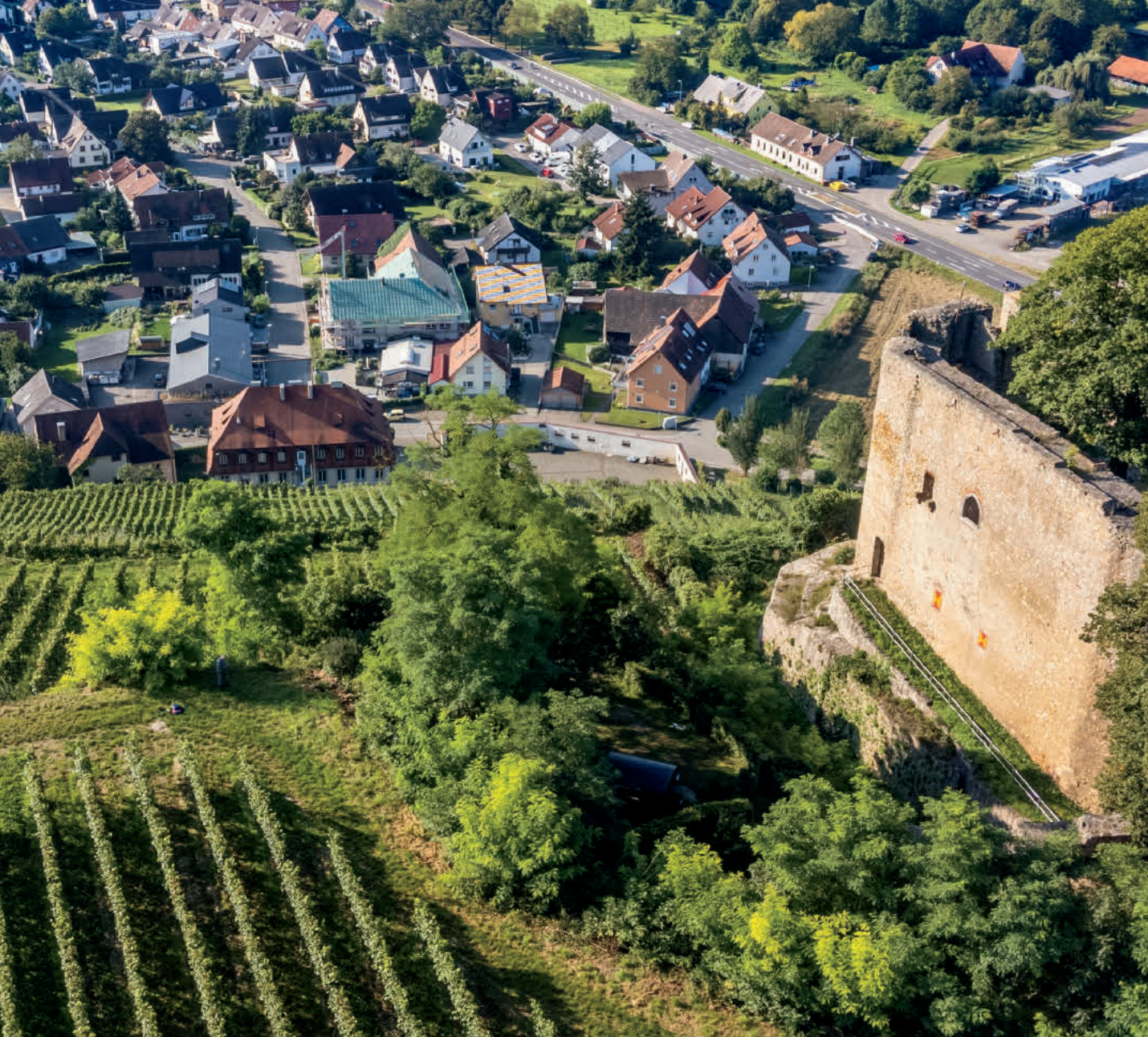Last year, we offered Dr. Wagner’s 2008 from “Saarburger Rausch.” It quickly disappeared and a wave of positive emails soon followed—people were blown away by its price and quality. Today, we’re just over a mile downstream and across the Saar River in the quiet hillside town of Ockfen. The top site here is “Bockstein” and Dr. Wagner has crafted a vibrantly expressive Riesling for another staggeringly inexpensive price.
When we push into decade-old wine, price typically trends upward, but that’s not the case here. This small producer only holds land in three vineyards and their über-classic wines are always released at unbelievably fair prices. Many of you have started hopping aboard our Riesling train and I dare say this has to be, in terms of price, location, and quality, the most eye-popping value in quite some time. “Ockfener Bockstein” is an absolutely delicious wine framed by pitch-perfect sweetness (although the nose fools you into believing it is dry). Its bright mineral-driven lift and vivid rush of acidity provides a paragon example of varietal purity, making it a Riesling you’ll keep reaching for. The perfect pairing for any Asian cuisine, this is a style of wine to always have around (especially for the spicy Thai food you might have delivered on a random weeknight). This is complex and cleansing all at once, with enough youthfulness to age many more decades. I’m thrilled for those who will be experiencing Dr. Wagner for the first time and for those who grabbed their Saarburger Rausch last year, don’t be afraid to compare the two! It’s an entertaining (and tasty) experiment.
The Dr. Wagner estate was founded in 1880 by Josef Heinrich Wagner. Over the decades, they weathered two World Wars without relinquishing any of their holdings; it has always remained in the family. Currently, fifth-generation Christiane Wagner (as of 2009) is in charge. Dr. Wagner only tends to vines in three prime sites: “Rausch” and “Kupp” in the town of Saarburg and “Bockstein” in nearby Ockfen, all of which can trace viticultural roots back to Roman times. The latter is an expansive vineyard that pushes past 1,000 feet elevation in some areas with slopes ranging from 35% to 60%. Unique to this site is a forested ridge that protects the vines from bitingly cold winter winds. Dr. Wagner’s sites in “Bockstein” are predominantly old vines and they are manually worked and harvested with meticulous care. The wine ferments in traditional neutral casks and ages down in their historic cellar—the largest vaulted cellar in the Saar.
The 2008 “Ockfener Bockstein” displays a brilliant straw-gold core with platinum and bright green reflections throughout. There is no trace of it being 10 years old (I was hovering around the five-year age range in my blind tasting) and its fruit and freshness backs that up. The nose reveals green mango, candied lemon, lime blossoms, vibrant notes of petrol, tangerine peel, grapefruit zest, honeysuckle, dried apricot, white flowers, and crushed slate; no other country’s wine can imitate this—that’s a guarantee. The off-dry palate is luxuriously textured and layered with acidity. The residual sugar is also tucked in incredibly well here, thanks to its age, minerality, and high acidity (2008 was a cooler year). All fruits are confirmed on the palate with lingering notes of additional stone and tropical fruit trickling in on the finish. It’s hard to believe it offers all of this for such a low price, it’s simply a stunning expression of Mosel Riesling. Seeing how it’s showing such a bounce in its step right now, you can expect this to age effortlessly over the next two decades and beyond. Still, this is a wine that can (and should) be opened now and enjoyed in Riesling stems around 50-55 degrees. Try the attached the attached Vietnamese pork bowl—the caramelization really sets the pairing off. Cheers!






